Hidden challenges shaping their daily suburban life.

Foxes slip through our neighborhoods with a kind of quiet grace, weaving between fences and shrubs as if they have always belonged there. Yet behind that calm presence lies a long list of pressures created by human landscapes. These animals endure far more than most people notice, adapting to an environment that shifts constantly around them. Their struggles rarely show up in dramatic moments but instead gather gradually in small, steady signs.
Many of these challenges come from changes we barely think about. Roads grow busier, green pockets shrink and food sources change shape and reliability. As foxes adjust in real time, their behavior reveals subtle stories of resilience and tension. Once you begin noticing these patterns, the quiet battles they face become far easier to understand.
1. Constant road traffic puts foxes at daily risk.
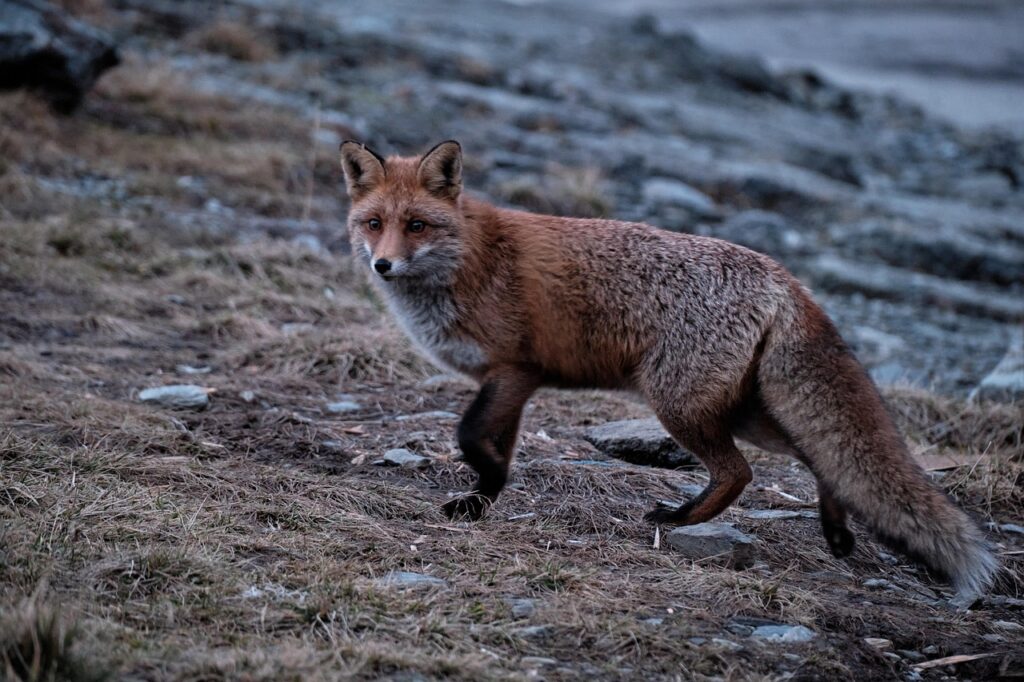
Busy streets force foxes to time every crossing with incredible care. Their movements become a series of calculated sprints as they dodge vehicles that never slow for wildlife. Some learn patterns of traffic flow, yet even experienced animals struggle when roads shift or construction changes familiar routes. This challenge presses heavily on young foxes who have not learned the rhythms yet.
As traffic grows, their window for safe passage narrows. These moments add layers of stress that follow them into the rest of their night, reminding them that every journey carries risk. This steady tension blends into other struggles they face as the environment changes.
2. Shrinking green spaces limit their natural foraging.
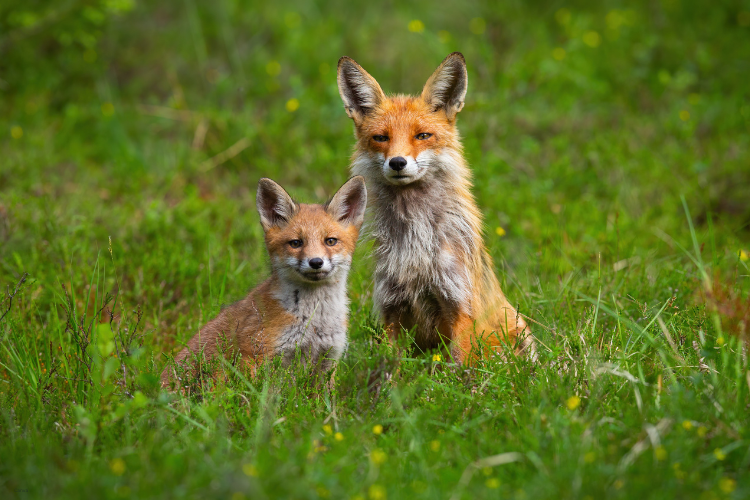
Patches of grass, shrubs and small wooded areas once offered foxes reliable hunting grounds. As development spreads, these pockets become smaller and more separated. Foxes must travel farther to find mice, insects or fruit, burning more energy than they can easily replace. This uneven access pushes them toward streets and yards where natural food is scarce.
When resources tighten, their routines shift in subtle ways. The search for nourishment grows longer and more scattered, guiding them closer to human areas. This connection leads directly into the next challenge foxes face once they enter our spaces.
3. Reliance on human food waste creates health concerns.

Garbage bins, compost piles and dropped scraps become tempting shortcuts when natural food sources weaken. Foxes may nibble on fast food leftovers or spoiled items without recognizing the risks. Many of these foods are hard for them to digest or offer little nutritional value, creating long term problems that slow their growth and weaken their immune system.
Over time these patterns build a dependency that pulls foxes deeper into neighborhoods. Their bodies adapt poorly to inconsistent diets, and the stress of seeking unpredictable meals layers onto other difficulties they face in city and suburban spaces.
4. Encounters with outdoor pets place them in danger.
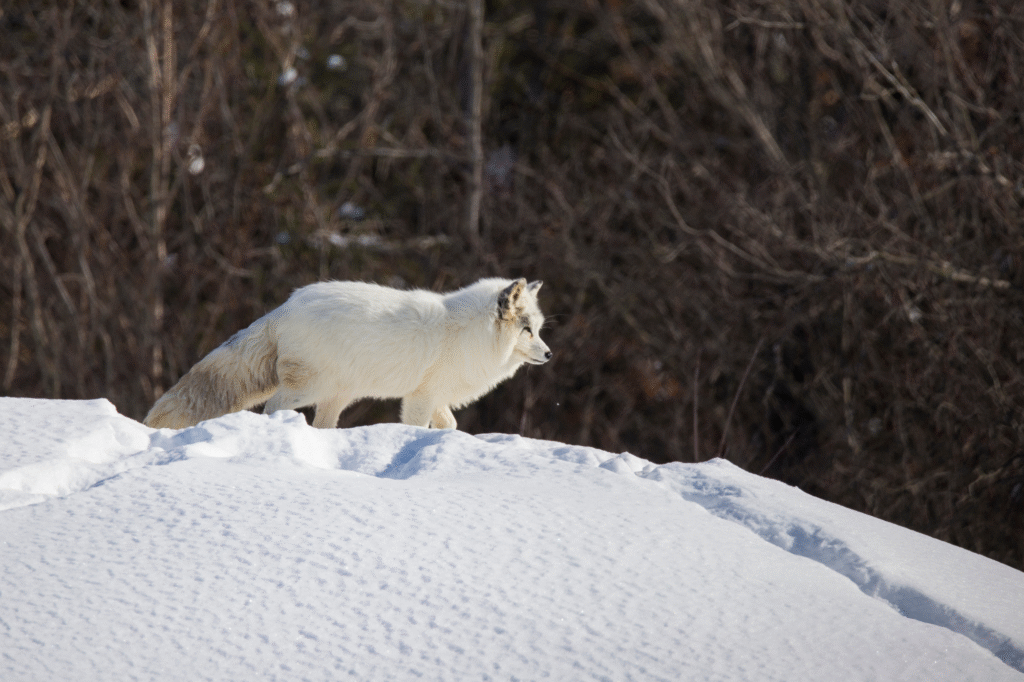
Foxes often cross paths with free roaming cats or dogs, leading to tense confrontations even when the fox tries to avoid conflict. These meetings can result in injuries, infections or territorial standoffs. Young foxes unfamiliar with pets may misread signals, ending up chased or cornered before they can escape.
As these interactions increase, foxes learn to navigate yards more cautiously. The constant need to scan for predators complicates their nightly routes, adding strain to an already challenging routine. This heightened awareness flows naturally into the next struggle linked to human environments.
5. Increased noise disrupts their nighttime rhythms.

Foxes depend on sound to hunt, communicate and stay alert. The constant hum of traffic, yard tools or late night activity can mask the cues they rely on. Noise pollution interrupts their ability to locate prey, avoid threats and move through their territory confidently.
As the soundscape grows louder, their finely tuned senses become overloaded. They begin pausing more often, adjusting their routes or shifting their active periods in ways that drain energy. These changes ripple quietly into other behaviors shaped by survival needs.
6. Exposure to chemical treatments impacts their health.

Lawns treated with fertilizers, pesticides or weed killers create invisible hazards. Foxes sniff, walk or roll in these treated areas without understanding the risks. Small amounts may irritate their skin or paws, while larger exposures can affect digestion or respiration. These chemicals linger on plants and soil long after application.
As foxes move through multiple yards, the repeated contact builds a cumulative effect. Their bodies absorb traces over time, and subtle health changes begin to show. These pressures connect to the next challenge involving competition with other urban wildlife.
7. Competition with raccoons makes food scarce.

Raccoons thrive in urban environments and often dominate shared food sources. Foxes approach cautiously, knowing raccoons can be aggressive when defending a find. The competition forces foxes to take risks or wait until raccoons leave, which often results in them getting only scraps.
This rivalry affects how foxes plan their nights. They move with more hesitation, knowing that valuable time could slip away if they arrive too late. Their cautious approach adds strain as they attempt to gather enough calories to survive.
8. Den sites are harder to find near homes.
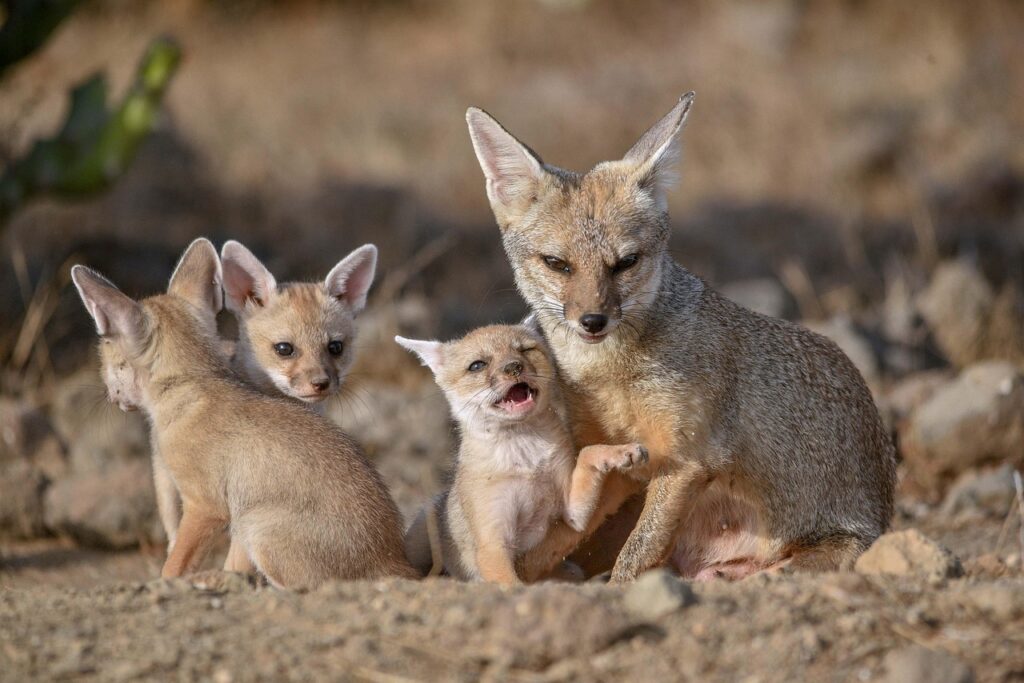
Fox families need safe, quiet spaces to raise their young. Construction, yard renovations and expanding fences reduce the number of sheltered areas available. Burrows that once offered safety become exposed or disturbed, pushing foxes to search again and again for new spots. Each move places kits at risk.
Over time these repeated relocations drain energy and disrupt growth. The strain of defending vulnerable young influences how foxes navigate the rest of their territory, shaping quieter but more desperate strategies across the season.
9. Diseases spread quickly within urban fox populations.
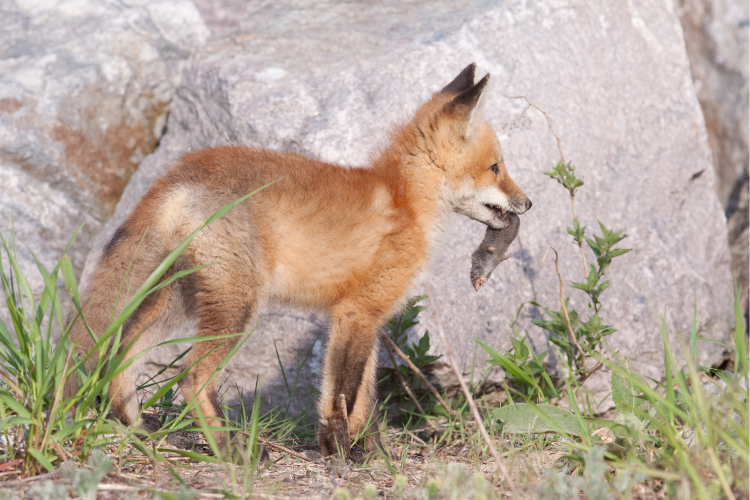
Close quarters make it easy for mange, parasites or viral infections to spread. Foxes brushing past each other in shared corridors or feeding sites carry illnesses without knowing it. Symptoms build slowly at first, making early detection difficult. The weakened animals move less confidently, making them more visible to people.
As disease spreads, the entire local population feels the impact. Foxes struggle to find enough food while also fighting off infection. This pressure weaves into the next challenge tied to climate changes sweeping through many regions.
10. Weather extremes increase their daily hardship.
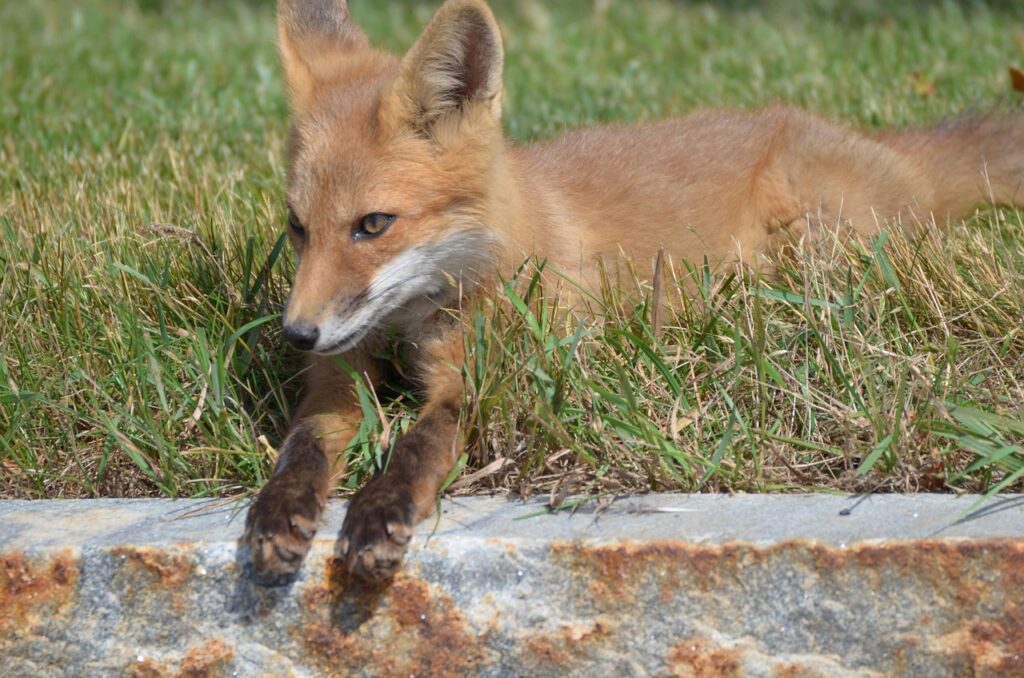
Heat waves, droughts and severe storms disrupt the predictable cycles foxes once relied on. Water sources dry up, prey becomes scarce and shelter becomes vital during long stretches of temperature swings. These climate pressures push foxes to travel farther and stay active longer, increasing their risk of accidents or conflict.
As conditions shift, foxes must quickly remake their routines. Every new challenge builds upon the last, creating a chain of struggles that grows harder to manage as the environment becomes less stable.
11. Human misunderstanding adds another heavy burden.

Foxes are often misread as dangerous or unwelcome despite avoiding conflict whenever possible. Misinterpretation leads to unnecessary fear, calls for removal or attempts to chase them away. These reactions force foxes to change their routes constantly, adding psychological stress to their physical challenges.
As they adapt to these misunderstandings, foxes become even more cautious and fragmented in their habits. Their quiet persistence reveals how much they endure just to survive in our neighborhoods, tying every earlier struggle into a story of resilience built in the shadows of suburban life.
